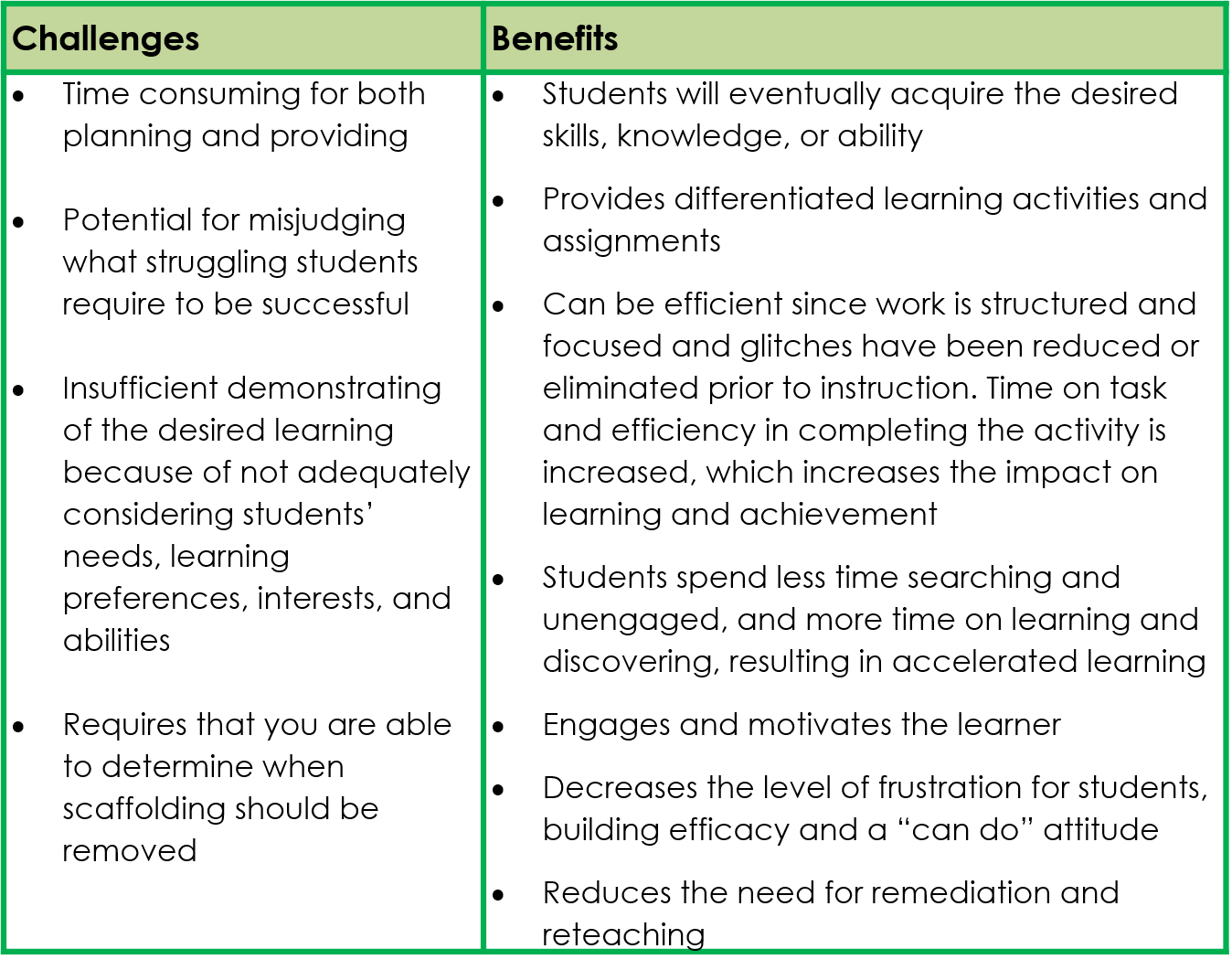A concern often expressed by teachers is how to effectively manage learning stations. The following guidelines can be helpful.
Plan Ahead
There are two important keys to good classroom management, whether during differentiated assignments or otherwise. The first key is planning ahead and being prepared. All materials, instructions, flexible grouping plans, and how to get started and end have to be planned and ready ahead of time.
Set Clear Expectations
The second key is in your expectations of students. They must be taught how to move into and out of different situations the way you want them to. They must know what your expectations of them are when they are working on their own or with someone else, and they must know what the consequences of not meeting your expectations will be. Starting this at the beginning of the school year is obviously the easiest and best way to get them into the routines and procedures you plan to use all year.

Flexible Grouping: Methods for giving directions can make Learning Stations easier to manage:
- If the same basic task is for the whole class, give the general directions to the whole group, then go to individuals as needed.
- Do not give multiple task directions to the whole class; they will all get confused.
- For small groups, tape directions or have a directions sheet available so students can listen or refer to them repeatedly as needed.
- Once everyone has their task and directions, students must learn the rule that they do not interrupt while you are working with a small group or individual.
Transitions: Methods for handling materials and transitions to make Learning Stations easier to manage:
- Assign managerial tasks, giving out supplies, etc. to students.
- Ask yourself “Is this something I have to do myself, or can the students learn to do it?”
- Make transition rules clear at the beginning and stick to them each time.
- Make transitions swift, seamless, and crisp.
- Have a clearly defined noise level (such as if you can hear another group/pair talking, it’s too loud).


